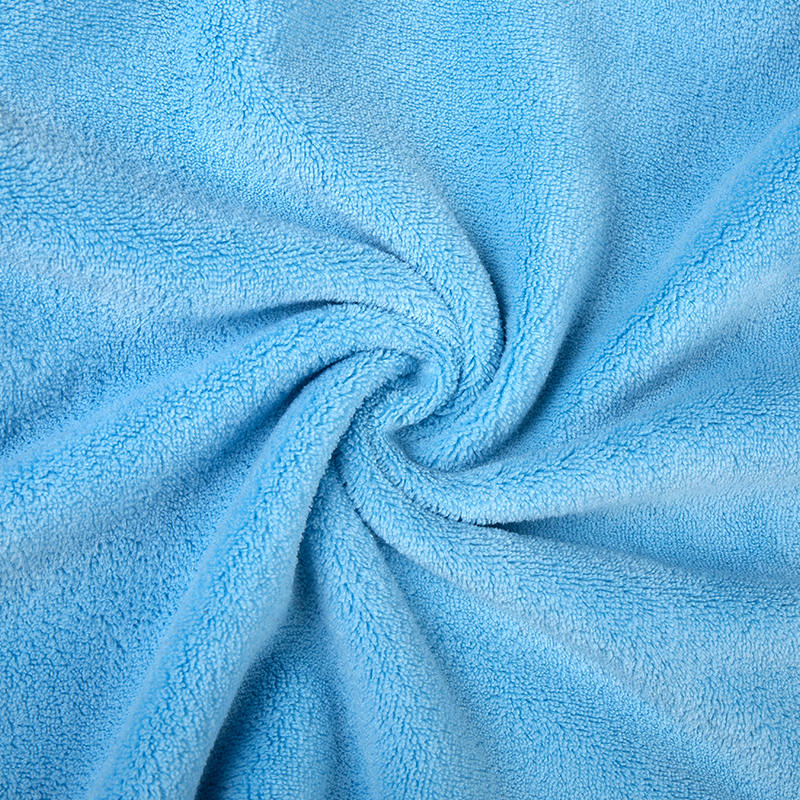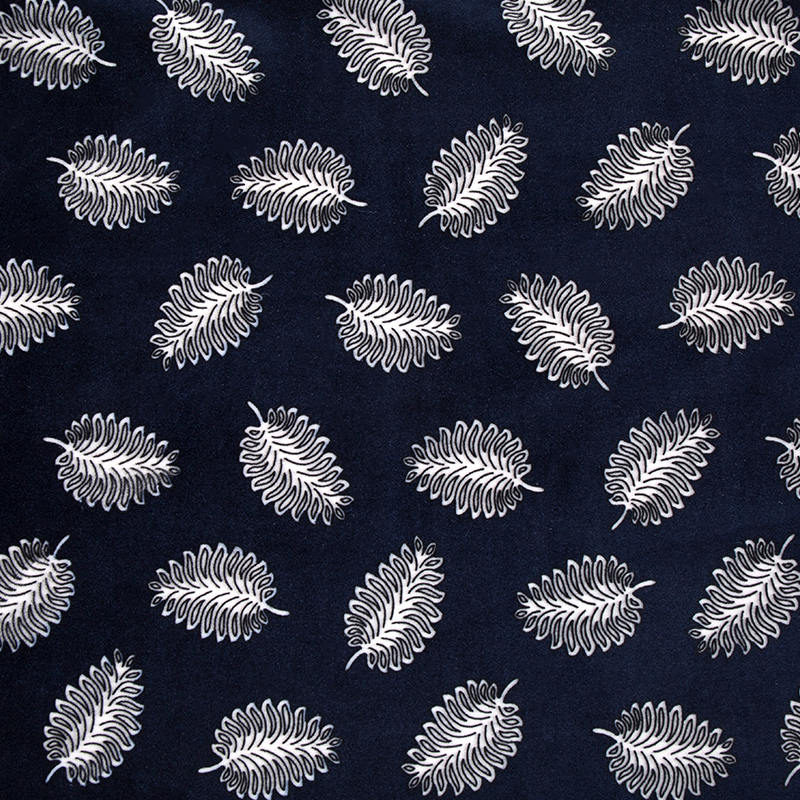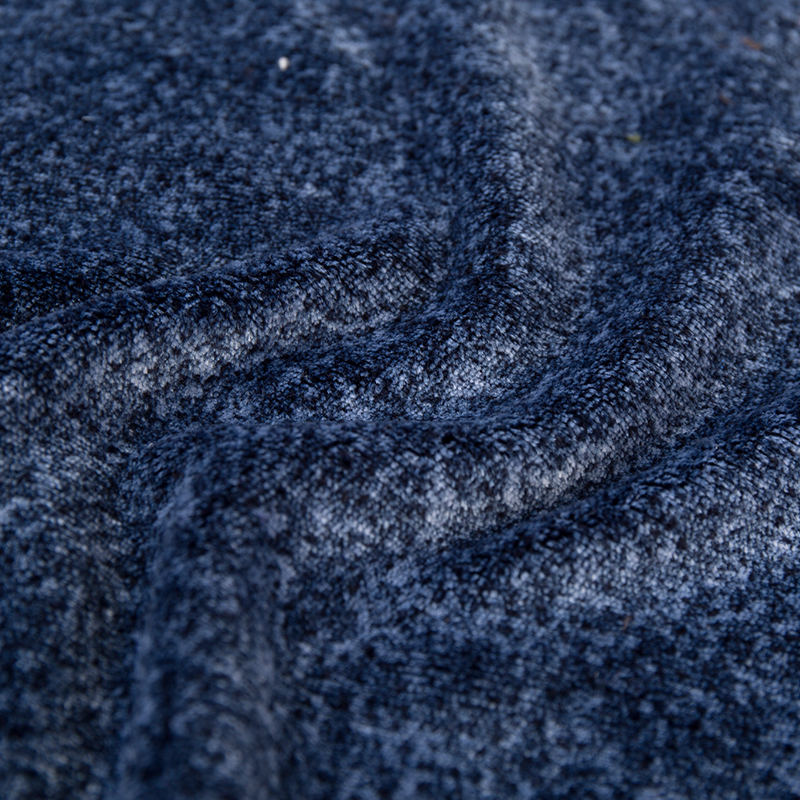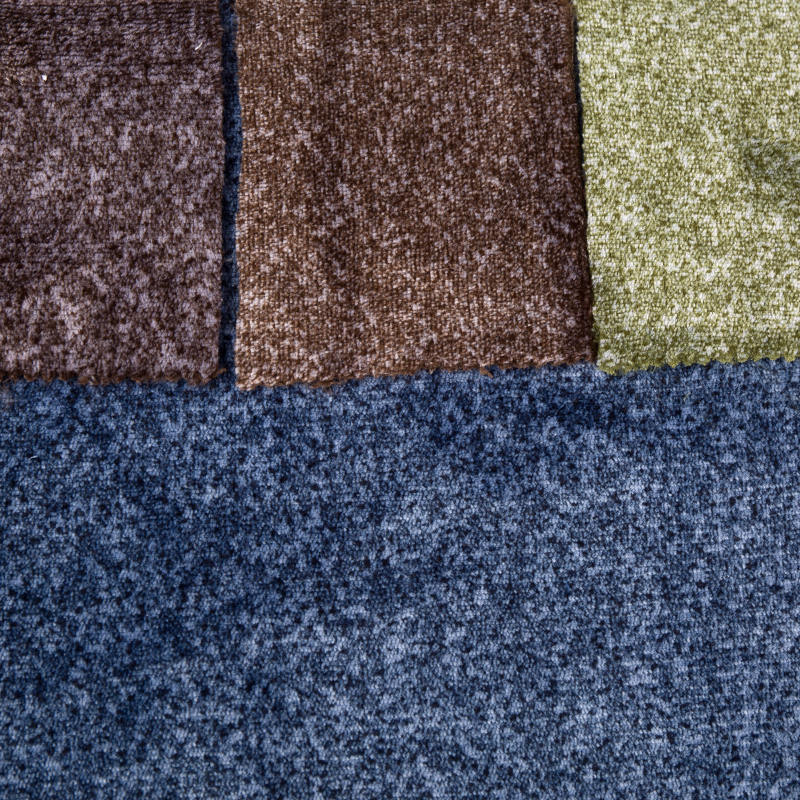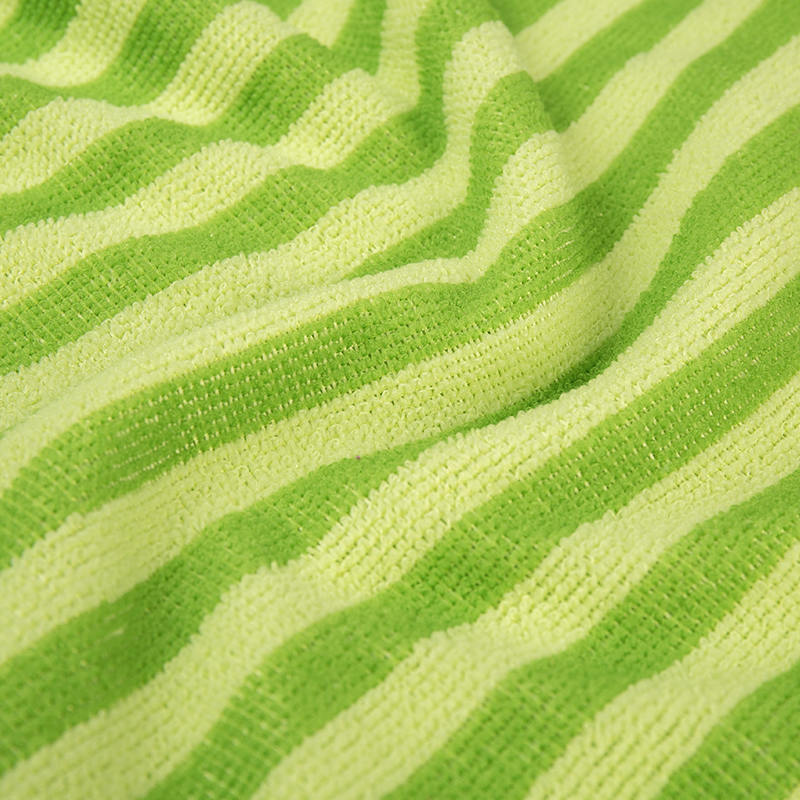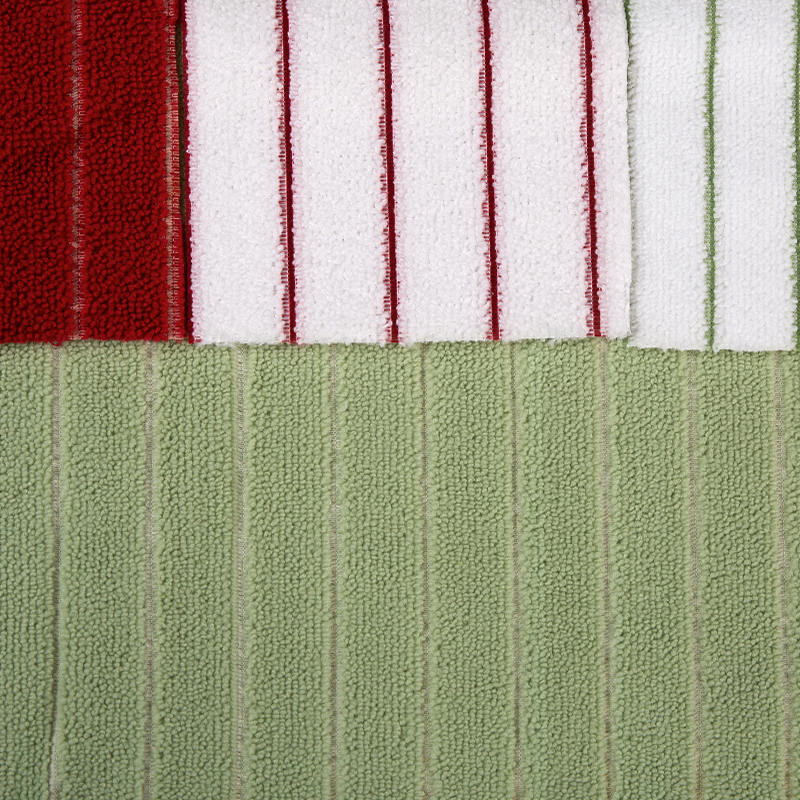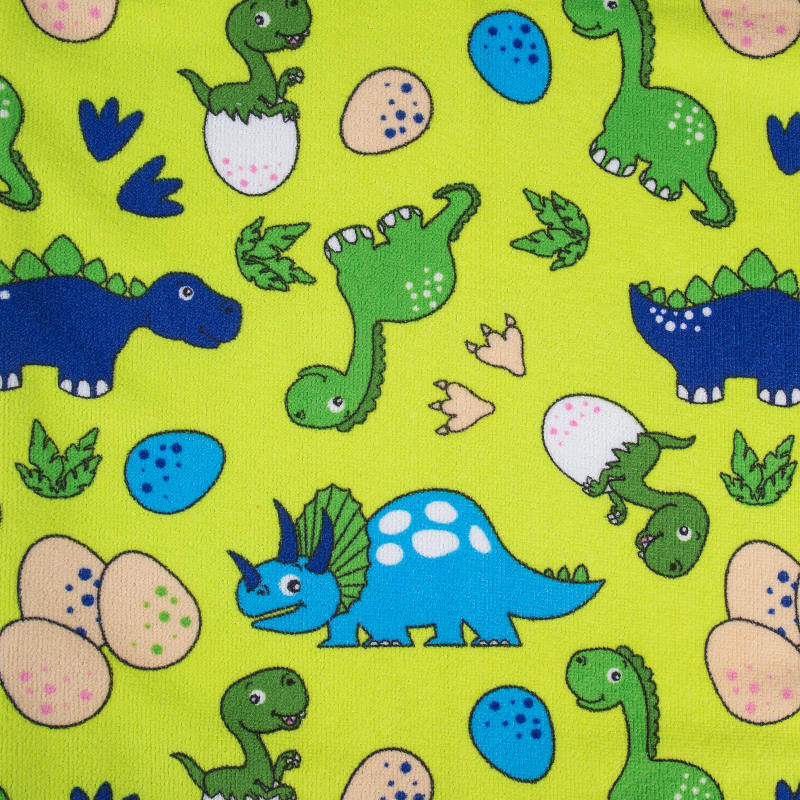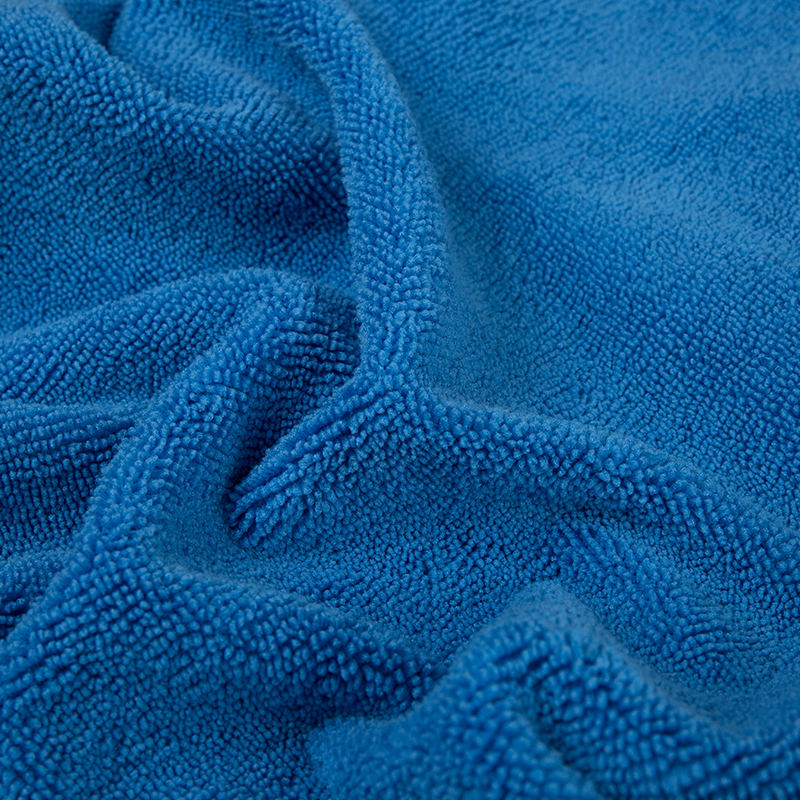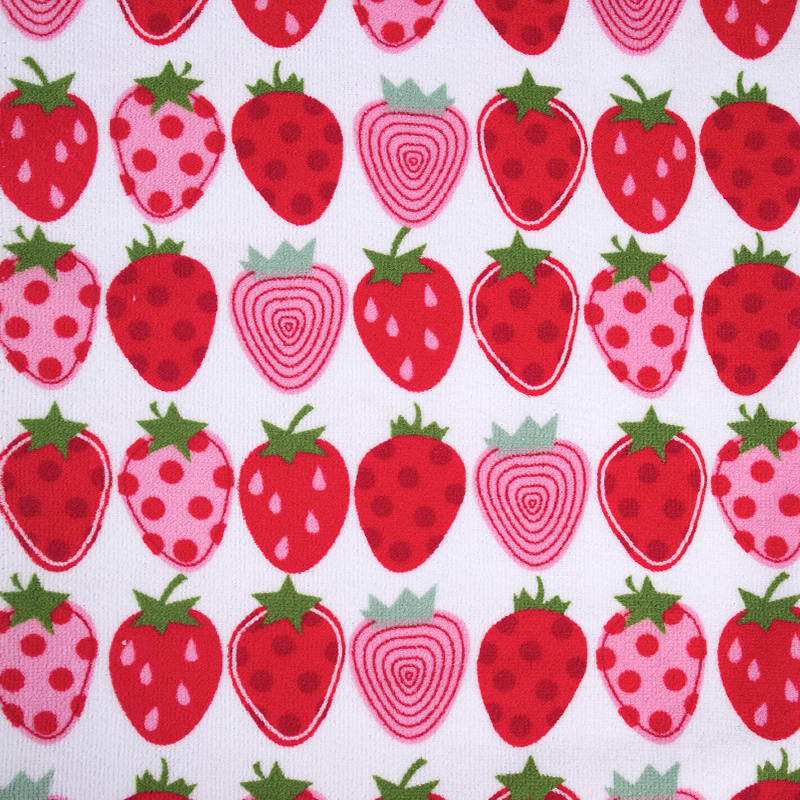The rise of digital printing technology
Traditional printing processes are often limited by complex processes and high costs, and the emergence of digital printing technology has completely changed this situation. Textile Fabrics Printing directly prints design patterns onto fabrics through digital devices, achieving a combination of high precision and high efficiency.
The main advantages of digital printing technology include:
1. Quickly respond to market demand: The design can be quickly adjusted according to consumer needs and adapt to short-cycle production mode.
2. High-resolution pattern presentation: the pattern details are richer and the colors are more vivid and realistic.
3. Reduce waste of raw materials: Just produce the required fabric, reducing inventory pressure and waste of resources.
In the fields of high-end customization and personalized design, digital printing technology has become the mainstream choice.
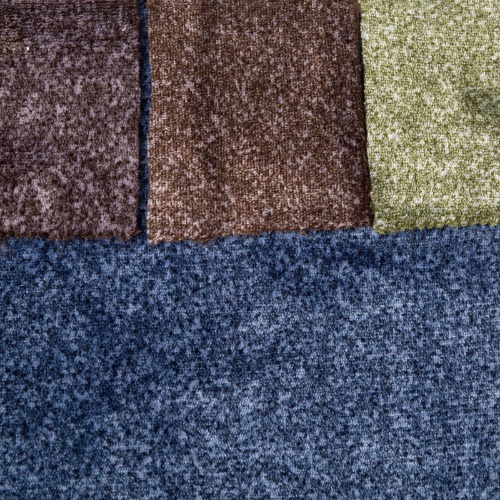
Environmentally friendly printing materials promote green fashion
With the popularization of environmental protection concepts, Textile Fabrics Printing's application in clothing design has gradually transformed towards green environmental protection. Many manufacturers have begun to use water-based inks and biodegradable substrates to reduce the environmental impact of production.
Advantages of environmentally friendly printing materials include:
1. Non-toxic and harmless: more friendly to the human body and the environment, suitable for infants and children and sensitive skin products.
2. Reduce emissions: The wastewater and waste gas emissions during the printing process are greatly reduced, in line with the Sustainable Development Goals.
3. Improve brand image: Green production has become an important selling point to attract consumers.
This trend not only promotes the green transformation of the textile industry, but also provides more diversified innovation possibilities for clothing design.
Design trends that coexist with personalization and functionality
Consumers’ demand for clothing is shifting from simple aesthetics to functionality and personalization, and Textile Fabrics Printing provides important support for this trend. Through customized printing technology, designers can add functional coatings or special patterns to their clothing to meet the needs of specific scenarios.
For example:
1. Add functional layers such as waterproof and breathable to outdoor clothing.
2. Use 3D printing effects to create a unique visual impact.
3. Realize the sensing function of smart clothing and improve the wearing experience.
The innovative potential in this field has injected new vitality into clothing design.
The widespread use of Textile Fabrics Printing is redefining the boundaries of clothing design. The combination of digital technology, environmentally friendly materials and personalized needs not only makes designers' creativity more free, but also provides consumers with more choices. With the further maturity of technology and the continuous changes in market demand, textile fabric printing will play an increasingly important role in clothing design, pushing the industry toward a more diversified and sustainable future.
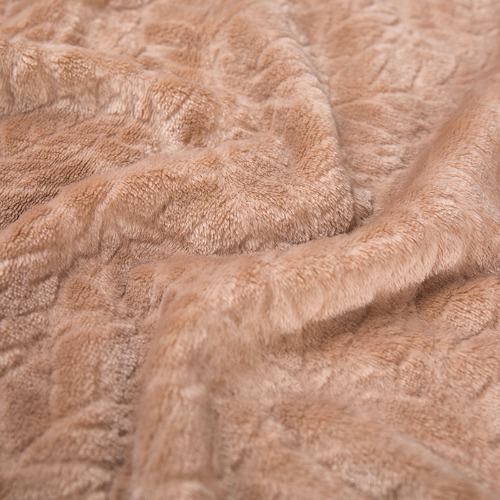

 English
English Español
Español 中文简体
中文简体